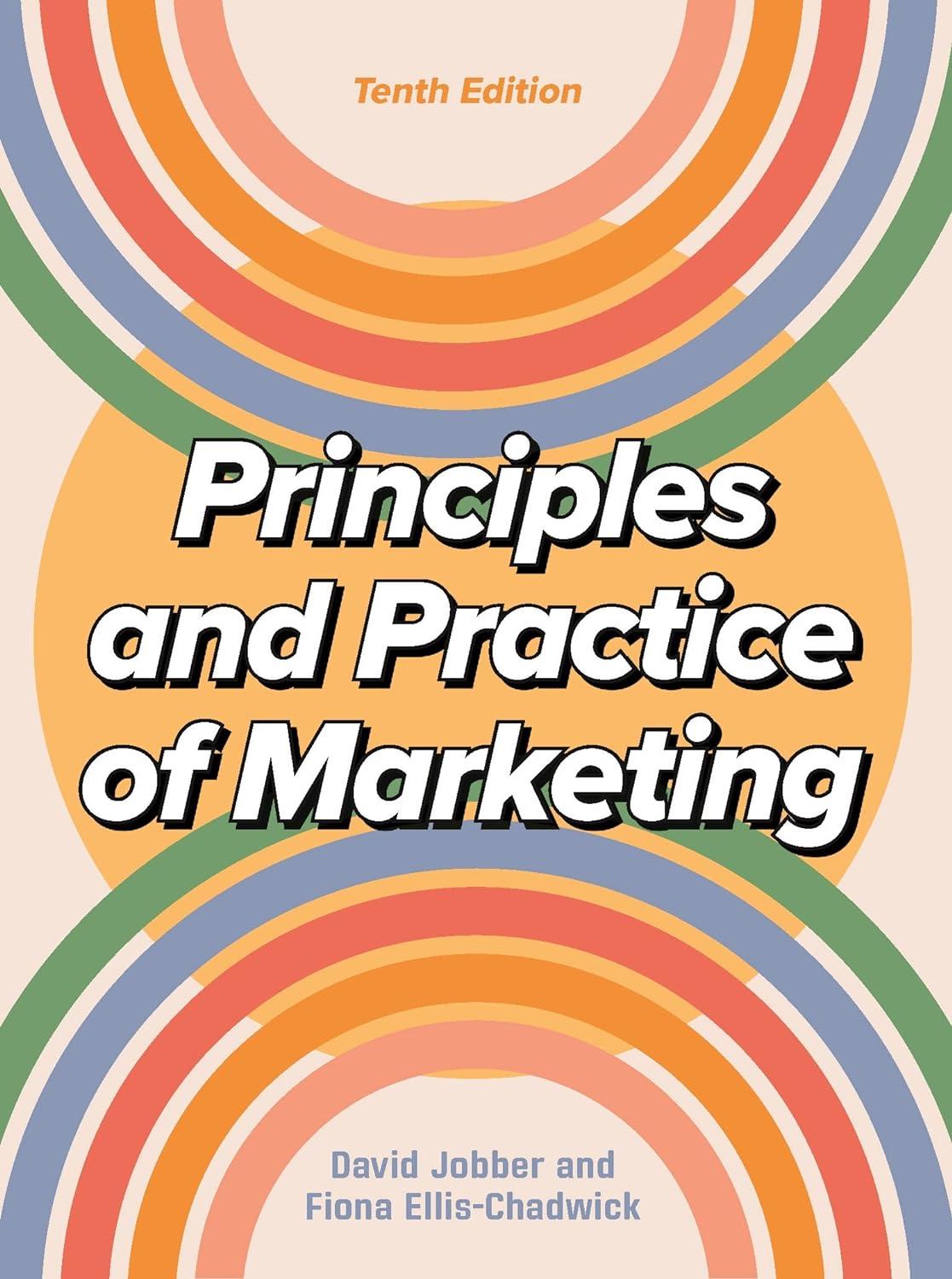When Owen Baxter and Geoffrey Lewis (executives of the then-failing Hush Puppy brand of shoes) had a
Question:
When Owen Baxter and Geoffrey Lewis (executives of the then-failing Hush Puppy brand of shoes) had a conversation with a New York stylist, they were told Hush Puppies had suddenly become hip in the clubs and downtown bars of Manhattan, and there were resale shops in the Village in Soho where the Hush Puppies were being sold (Gladwell 2000). Reportedly, what followed was that the shoes were chosen by fashion buyers to feature in their new ranges and the basset hound (the symbol of the brand) was used by a Los Angeles designer on his store in Hollywood. Sales of Hush Puppies quadrupled year on year, and so the brand that had been on its way out was not only saved but became a staple item in every trendy young American’s wardrobe. In this tale, the informal communication network enabled the message to be filtered back from the target audience (young people in East Village, Manhattan) to opinion leaders (fashion designers and stylists) and eventually to more formal traditional mass-media communication channels.
Storytelling is part of our daily lives and helps us make sense of the complex world around us. Often we become part of the story, and brands utilize storytelling as a platform for developing meaning. John Hegarty, co-founder and former creative director of global advertising agency BBH, is one of the world’s advertising aficionados. Hegarty advocates that storytelling is probably the most powerful form of communication, as it can be used very effectively to make brands memorable, saying: ‘Probably the most powerful form of communication we have at our disposal is storytelling. It has been incorporated by virtually every civilization into their culture. It is the simplest, most memorable device we have for engaging, learning, entertaining and persuading’ (Hegarty 2011). However, he suggests messages and stories need to be created for the screen-based culture (television, computers, smartphones) so prevalent in modern society. To be successful in the screen-based world of communications, it is important to get the balance right between visuals and words. In many of the highly successful commercials for Levi’s 501 jeans, the story is a visual narrative. For example, in the 1985 classic advert, set in a 1950s launderette, Nick Kamen (the lead character) walks into the launderette wearing sunglasses, which he proceeds to remove. He then fills the washing machine with soap powder, removes his top and Levi’s and then, wearing just his boxer shorts, sits down to read a magazine while he waits for his jeans to be washed. The slogan shown on screen at the end of the commercial, ‘Levi’s 501: the original shrink-to-fit jeans’, neatly brings the tale to an end.
Another tip – from William Goldman, award-winning novelist and screenwriter – is ‘Come in late, leave early.’ What this means is the scriptwriter should leave space for the target audience to fill in some of the gaps and should not over-explain. Scripts for commercials do tend to be brief and give the creative director space to tell the story visually. According to John Hegarty, ‘Great writing and storytelling also has to understand the principle of input and out-take. For example, if I want to make you think I’m funny, I don’t tell you I’m really funny, I tell you a joke. You laugh and think, “Wow, that guy is really funny.’” He also explains that communicators should inspire people to do something, rather than merely give them instructions, and should never forget ‘a brand is an agglomeration of stories linked together by a vision’.....
Questions:
1. How does the interactional model of communication work for Hush Puppies?
2. Explain more fully why coming in late might be a valid approach for developing communication messages. Give examples of commercials that take this approach.
3. Why do certain brands use animals in their campaigns?
Step by Step Answer:

Principles And Practice Of Marketing
ISBN: 9781526849533
10th Edition
Authors: David Jobber, Fiona Ellis-Chadwick





